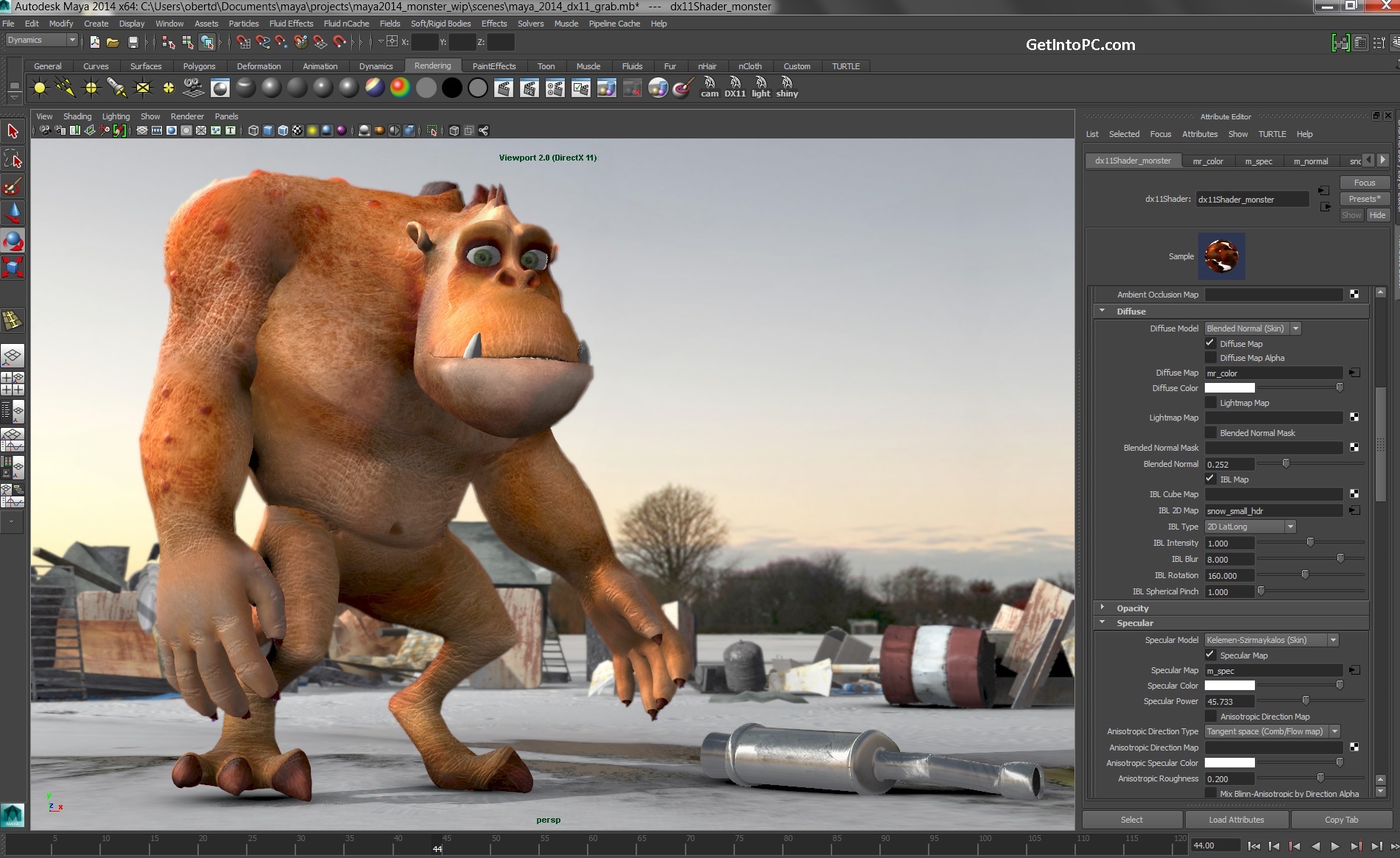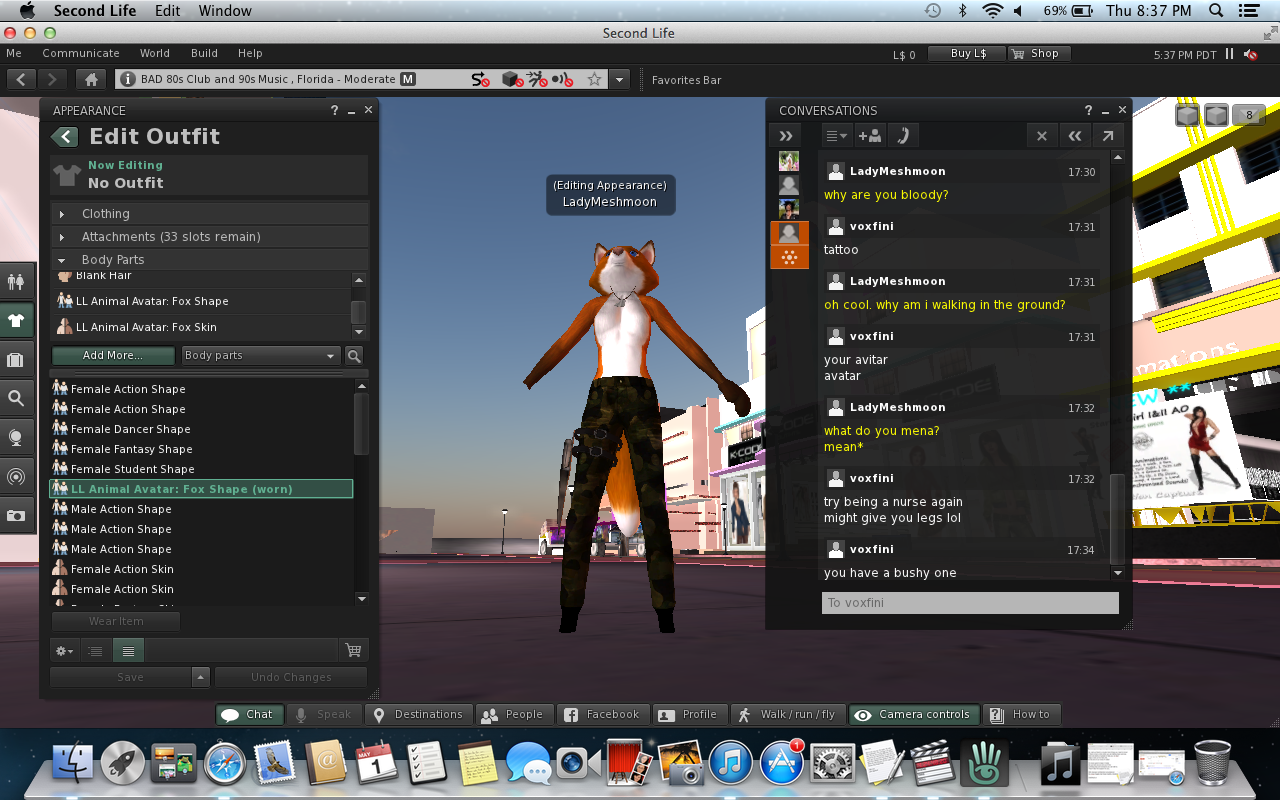When
examining identities in the real and virtual world, people often think that a
person’s virtual world identity is closer to that person’s actual self than the
image they portray in real life. Professionals like photographer Robbie Cooper are
curious to discover if people's virtual selves are a mirror or not of their
true selves. Anonymity of the online world gives people the freedom to be
whoever and whatever they wish they were in their own real life. They can live
out their fantasies and make up for what they lack in qualities in the real
world and be taller, prettier, more muscular, whatever they wish they could
change in their own real selves. I, for example, make my characters with smaller
noses than my own big one.
Another
professional, Nick Yee, who studies immersive virtual reality at Stanford
University, see trends in character development. His study showed that
introverts usually describe their avatars as someone with the qualities they themselves
wished they had. Yee also observed that men gender bend more often than women
do. One rationale is as simple as men rather look at a woman for a length of
time than a man. Photographer Robbie Cooper found that creators become less
self conscious and embarrassed about their characters not being representative
of themselves. An example is the Korean professor who assumed the identity of a
little girl and volunteered to show his two identities in Cooper’s book. The character
becomes a bigger part of your life the longer you work with it. You become so
familiarized with the character that you become desensitized about the
appropriateness of the character itself.
Even
though creators tend to exaggerate or embellish their characters, the creators tend
to be true to themselves by carrying over the norms they follow in the real
world into their virtual worlds. For example, one knows it is rude to just sign
off without a proper goodbye. Another norm that I carry over into my virtual
world is to be friendly when I meet a new classmate. I ask them questions about
themselves to get to know them. I have done that with members of our class by
asking questions like where are they from. I tried to become familiar with my
classmates even though I have not personally met them.
Second Life is developed to break down
preconceived ideas about identity including race and gender. This program is
needed to educate students on the racial stereotyping language that exists. People
judge others from learned norms that often are not true. For example, my father
and his brother are Chinese. People always ask them if they are doctors. Neither
of them are doctors nor do they work in the medical field. I do believe virtual
classroom assignments in Second Live can over time change these identity
barriers. Years ago people would ask my grandfather what restaurant he worked
in. He was actually a Vice President of Bank of Boston. So people have changed
their view of Chinese on the social scale. I do not think most of these
offenders realize they are stereotyping when they ask the question about
occupation. A first step to erase these labels is to help students recognize
these socially constructed barriers that exist.
I
learned extensively about immersive education. I did not realize how
comprehensive it is. I also now realize that there are numerous virtual worlds
for 3D. The class was harder than I thought it would be when I read about it in
the catalog. It was difficult getting used to my first on line class. I am the
type that likes to talk to professors after class in person. I had to adjust to
a new way of interacting with classmates and the professor.
My Four Favorite Screenshots from class:
1.)
1.)
2.)
3.)
4.)
































